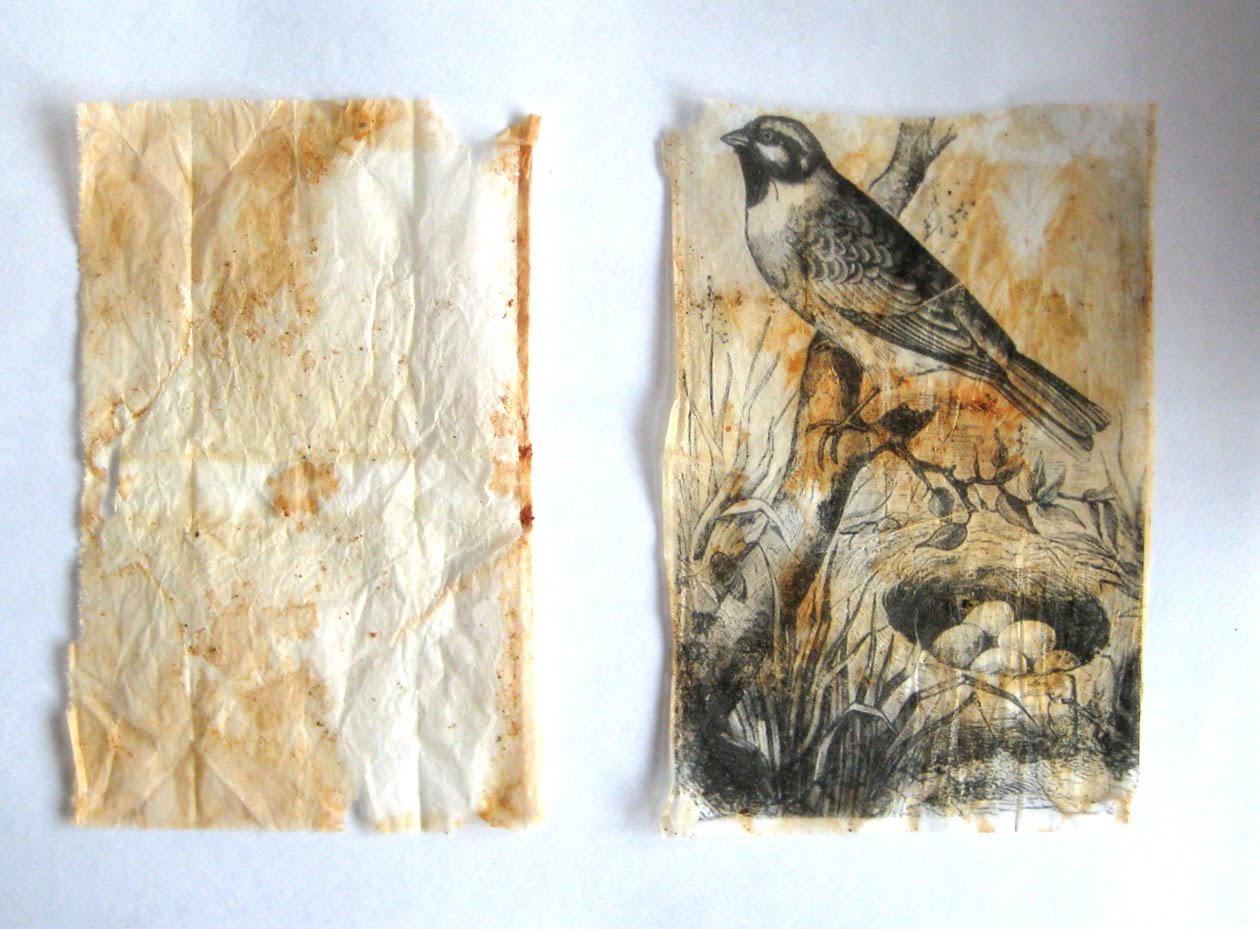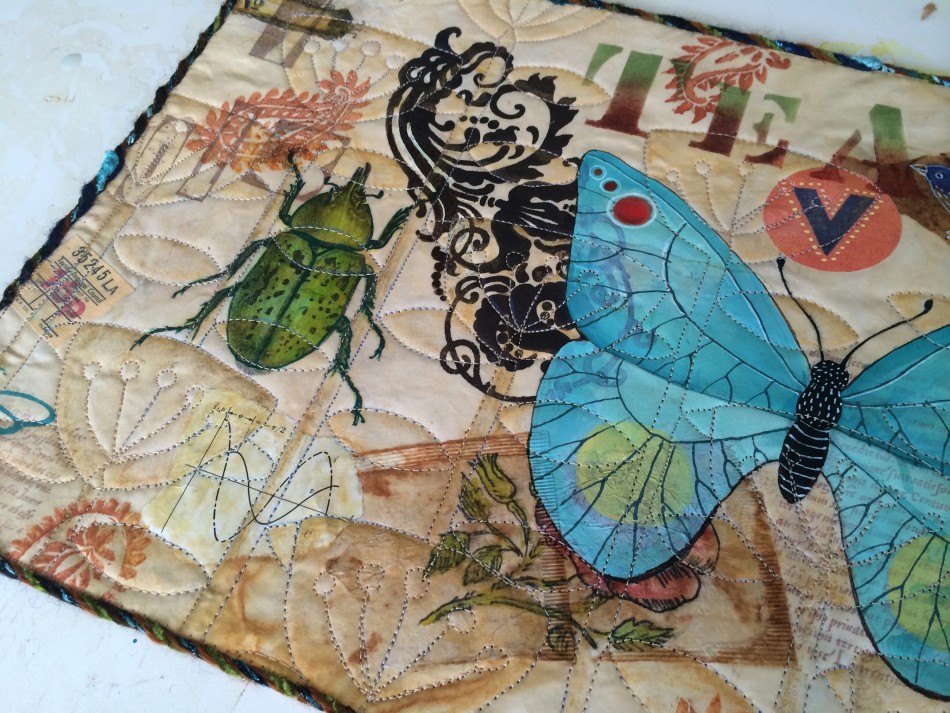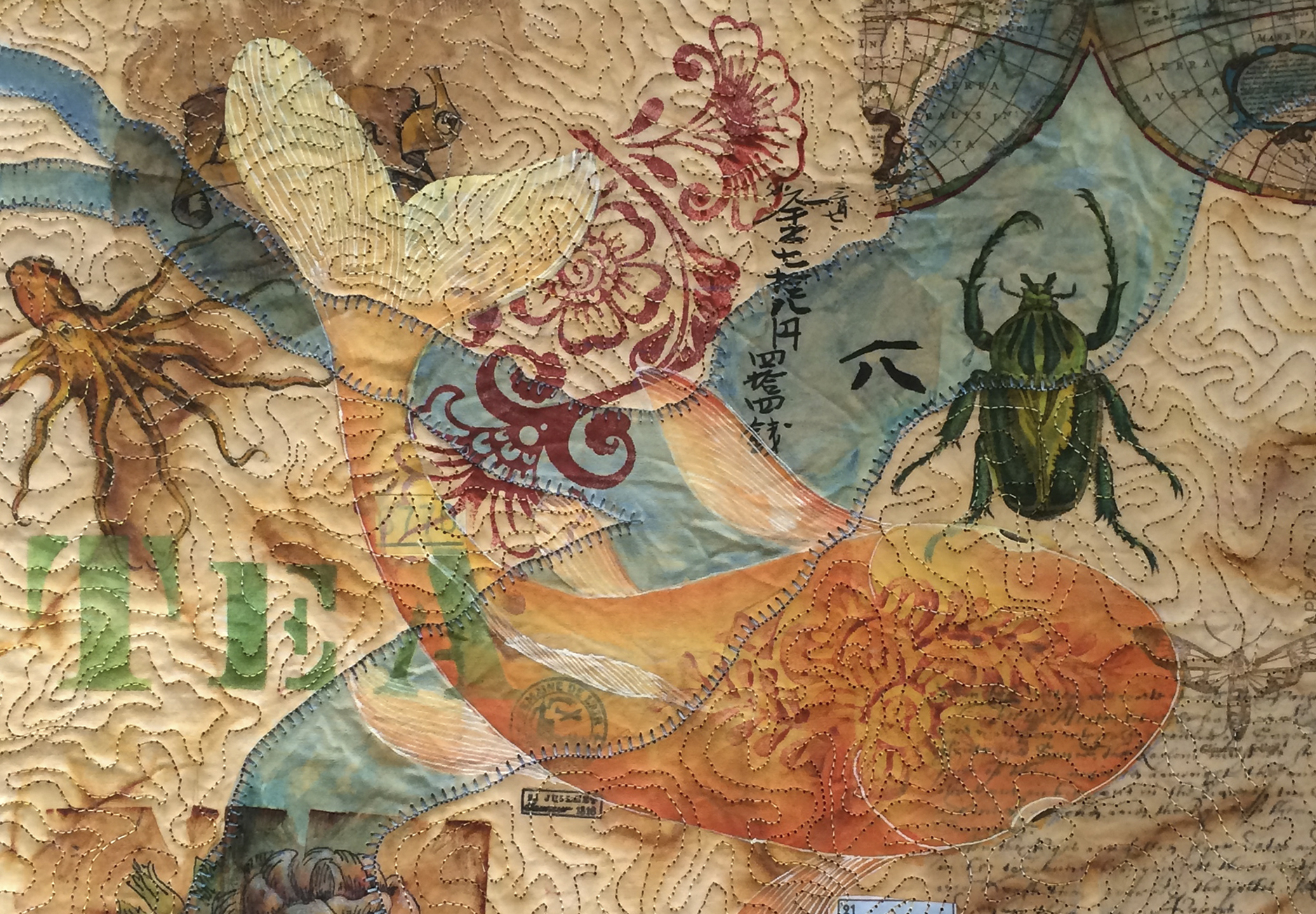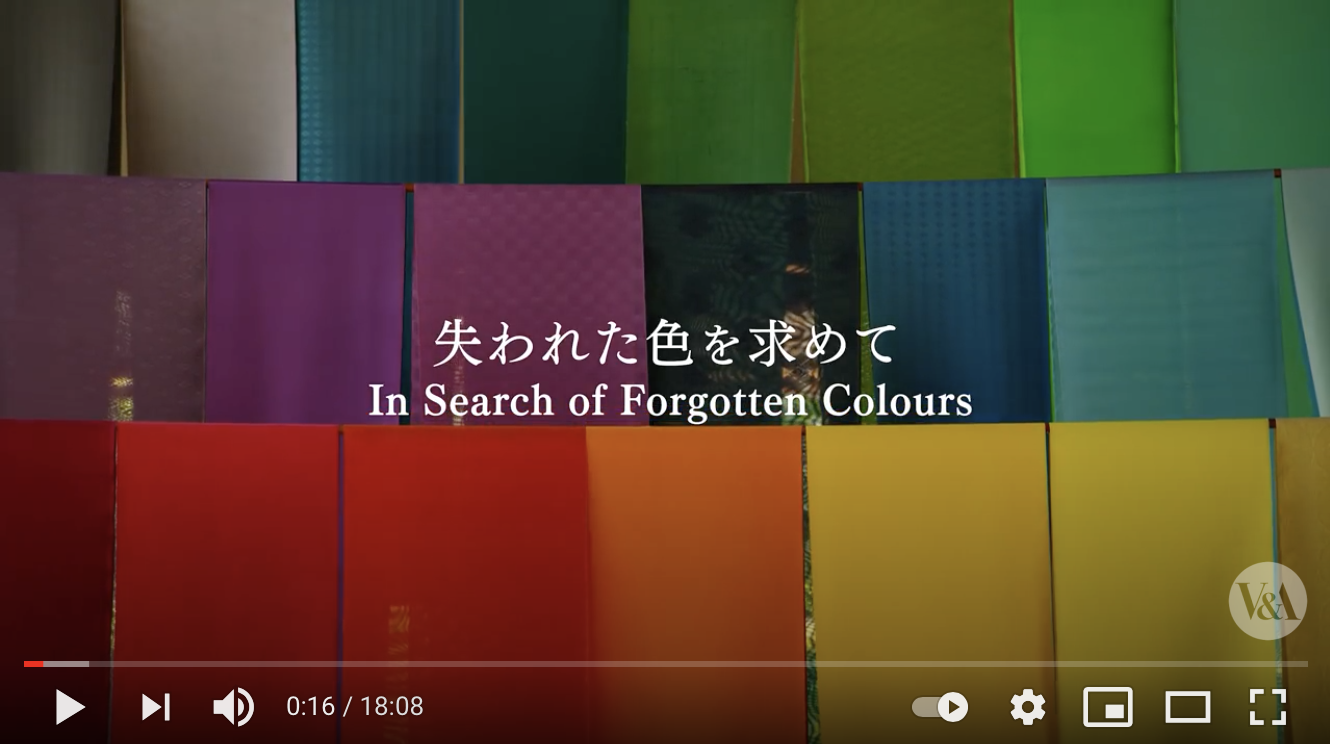

History
Pigments and dyes have been used since prehistoric times 5000 B.C. Natural Pigments were derived from plants, animals, or minerals, and used for:
Bases for oil paints
Printmaking
Dyeing
Food coloring
Weaving
Wax crayons
Silk painting
It is hard to pinpoint exactly when and where natural dyes started to be used however many traces were found in China and Egypt, as well as other countries throughout Africa dating back to 2600 B.C.
Artists began with natural pigments until synthetic materials were introduced, however we are slowly reverting back to the natural process in hopes of becoming more environmentally-friendly.
Colors & Pigments
Ochre (Hematite) - a natural pigment that comes in warm shades of yellow, red, orange and brown. It is said to be the first pigment used 70,000 years ago in the Middle Stone Age of Africa.
Tyrian Purple - was considered a luxury because it was harder to come by, symbolized royalty and luxury in result
The color of high achievement, ostentatious wealth, symbolized sovereignty, and the highest offices in the legal system.
Purple was the color of Cleopatra’s barge and Julius Caesar decreed that the color could only be worn by the emperor and his household.
Purple: royalty.
Cochineal - dye derived from cactus insects, crimson color, originated in Mexico.
Madder Red - plant dye stemming from the roots of over 30 species of plants, first dye to be used as camouflage.
Indigo Blue - most intricate process; a shrub plant that was soaked in water and beaten with bamboo to speed up the oxidation process, providing a bright blue pigment.
Egyptians are credited with their extensive use of color in hieroglyphics and tombs.
Blue - azurite, lapis - heavens, the dominion of the gods, as well as the color of water, the yearly inundation and the primeval flood.
Green - papyrus stem, turqoise - growth, vegetation, new life, well-being, and resurrection.
Yellow - ochre - color of the sun and, along with gold, could represent perfection.
Gold - eternal or indestructible.
Red - red ochre, hermit ibis - color of chaos and disorder; the color of the desert’s destructive fire and fury and was used to represent something dangerous, as well as death or protection.
Bai people, an Indiginous community in China, solely dyes their traditional attire using natural dyes.
Artwork created throughout African countries integrate the three elements of the universe: nature, human, and the divine, through natural materials.
Certain natural objects are used in ritualistic and traditional practices.

Practicing Artists
Kiva Motnyk


Brece Honeycutt

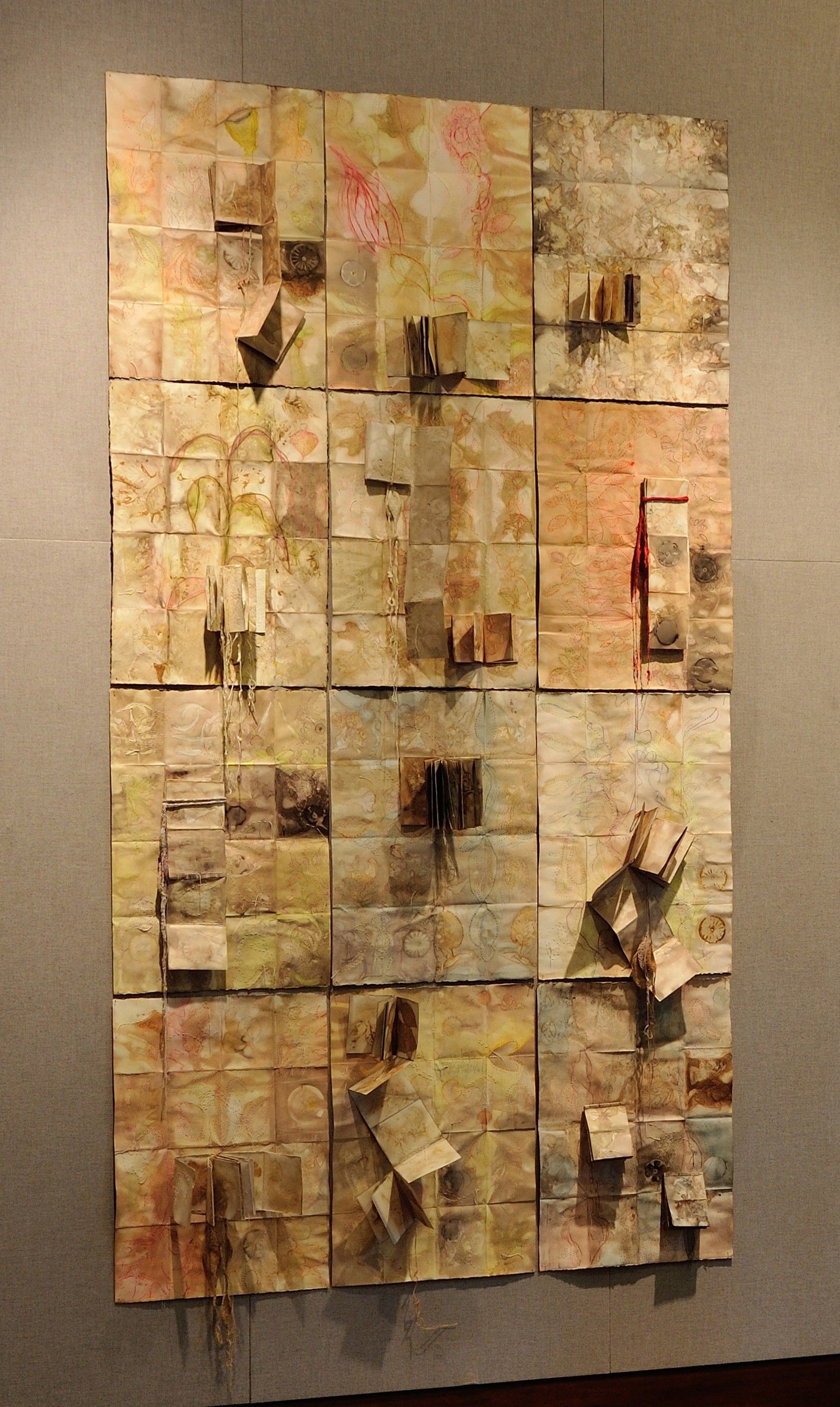

Relevance
Potato printing has no singular definite origin, but the process has been apparent in Northeastern Woodland Indigenous American basket design.

Potato stamps have been utilized over the years as a precedent of wood stamps, a resource when other art materials are not as accessible, and a hands-on craft technique for young children and adults alike.
Practicing Artists
Ruth Asawa



Tracy Simpson
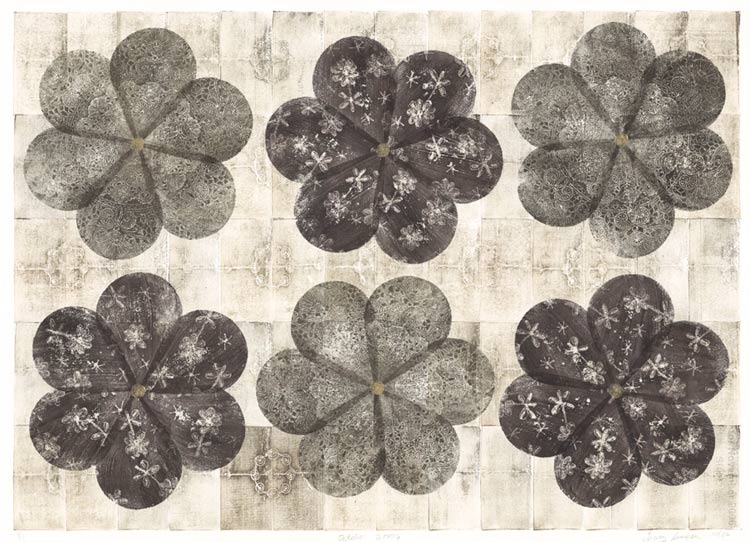

Nick Morley (Linocut Boy)


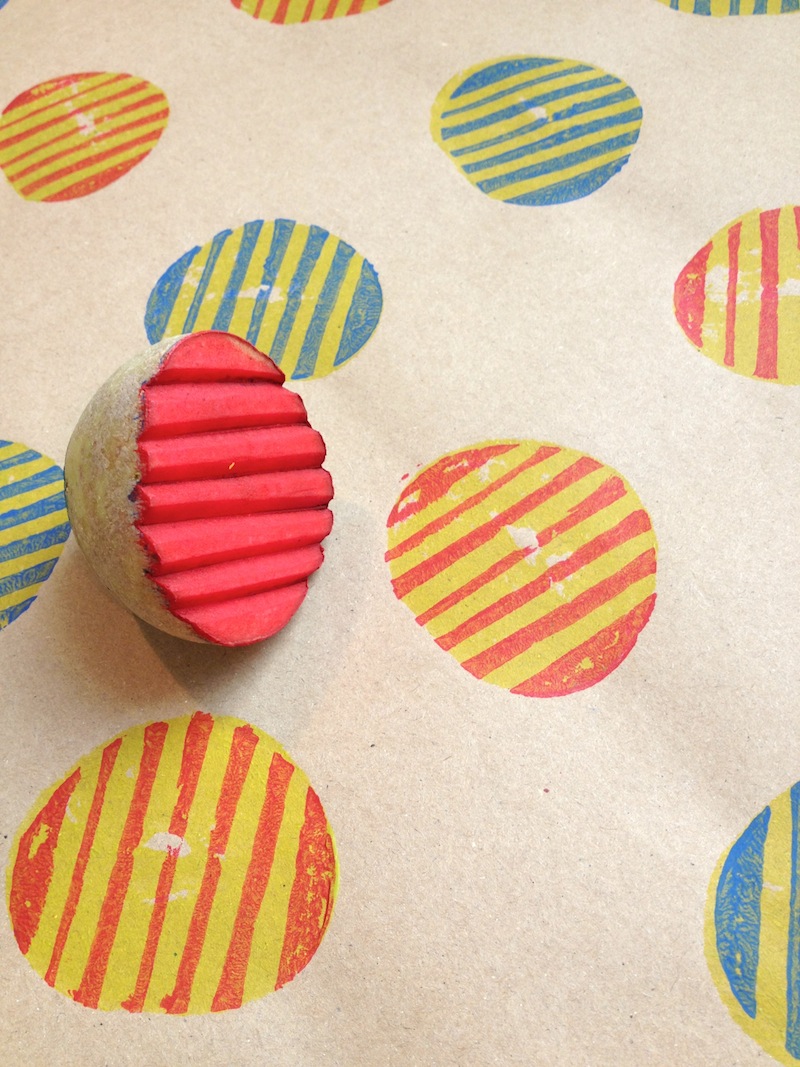


Kudhinda Potato Print Wallhangings - Ros Byrne, Zimbabwe



History
For thousands of years, flowers were used to dye fibers because of their availibility. Over 5,000 years ago, China began dyeing their fabrics and textiles with plants, bark, insects, etc. The pounding of plants directly onto fabric has long been practiced and known by the Japanese and Native Americans. Roughly translating to “leaf-dyeing” in Japanese, the methods original Japanese name is “Tataki Zome.” Tataki zome is a Japanese technique also known as flower pounding, leaf bashing, and is sometimes called Hapa Zome. The term “Hapa Zome” was coined by the artist India Flint. The hammer printing technique introduces new textures, lines, and forms because it involves a direct transfer of a printed image from plant to fabric and paper.
Practicing Artists
India Flint
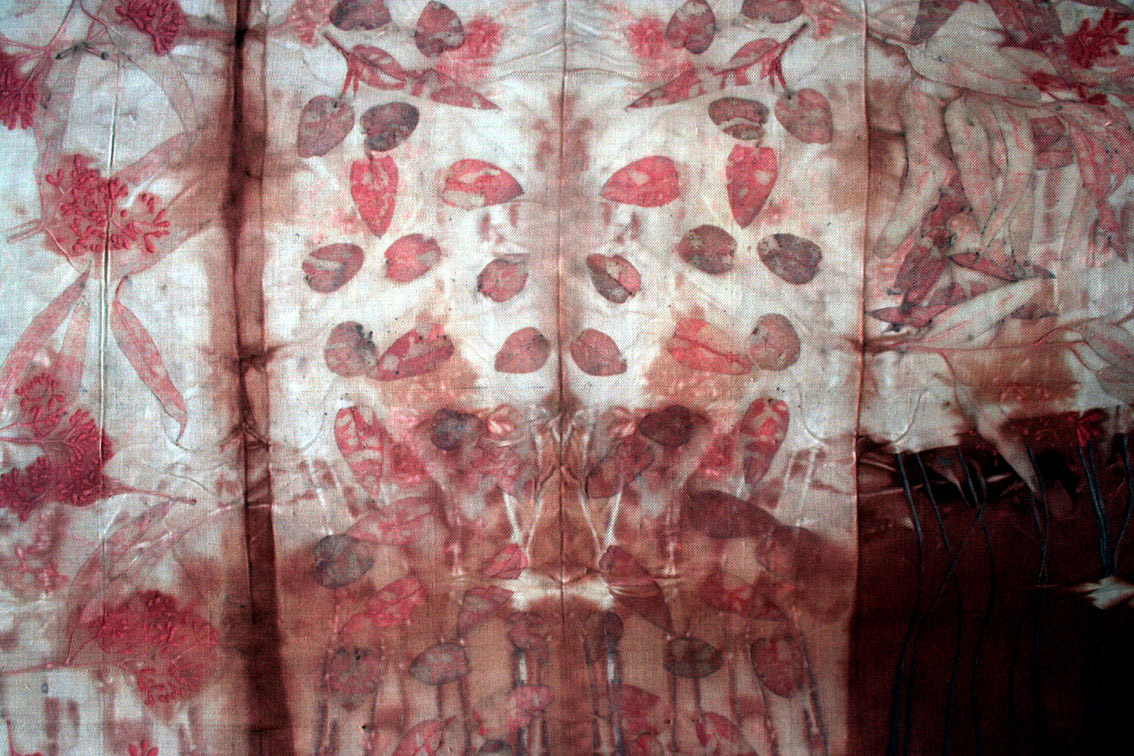


Liz Spencer



Rebecca Desnos



Tea Knowledge
Tea plants are composed of hundreds of various compounds. Many are categorized as polyphenols, the name hinting at their molecular structure. Polyphenol compounds, specifically one of their sub-categories called “tannins,” produce the dark color often visible in tea. They also account for tea’s possible health benefits.
Tannins themselves have a pale color, but in reacting with iron they form darker tints. Historically, inks were created by extracting tannings from oak trees and combing them with iron compounds.
But where does the iron come in when making tea at home? The water! As water flows through the iron-rich ground, it collects and dissolves iron compounds. In different regions, the same tea will produce a different color depending on the water’s iron content.
Practicing Artist
Judy Coates Perez
